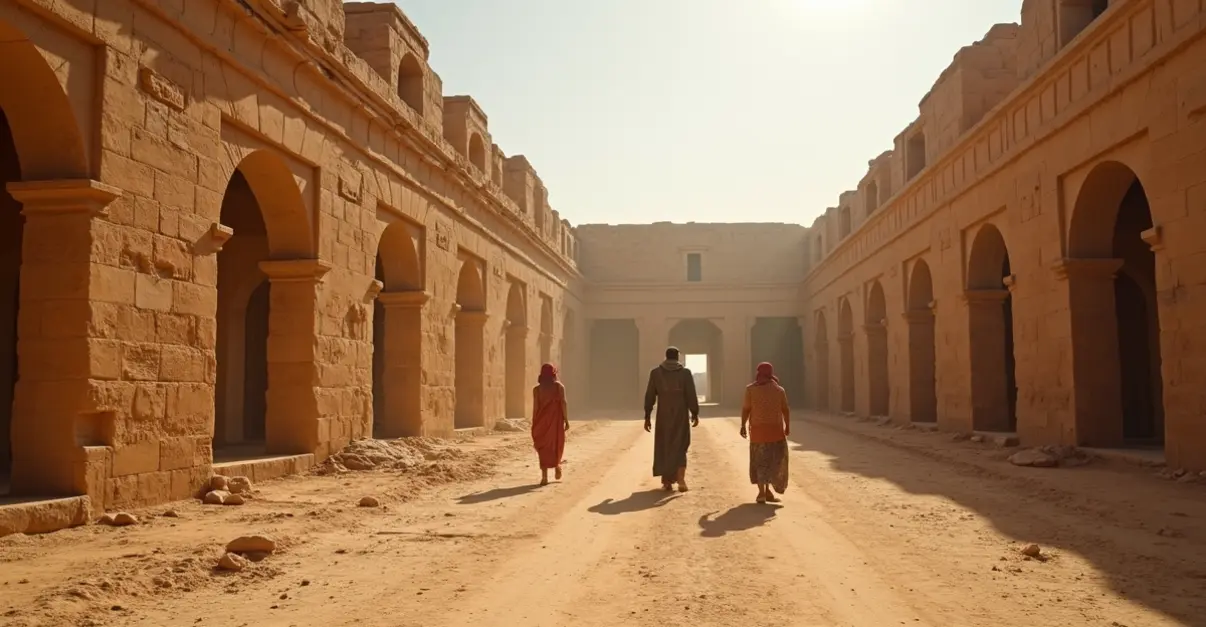
Archaeological Discovery Reveals 2,300-Year-Old Burial Sites
Archaeologists in northern Iraq have made a remarkable discovery, unearthing forty ancient tombs dating back approximately 2,300 years to the Hellenistic period. The find was made possible by severe drought conditions that have caused water levels in the Mosul reservoir to drop significantly, exposing previously submerged archaeological sites.
Historical Significance
The Hellenistic period (323-30 BC) represents a crucial era when Greek culture spread across the Mediterranean and Middle East following Alexander the Great's conquests. These tombs provide valuable insights into the cultural fusion that characterized this period, where Greek traditions blended with local Mesopotamian practices.
Research Team and Methodology
Led by archaeologist Bekas Brefkany, the research team has been working in the area since 2023 but could only access the site when water levels receded this year. "The droughts have a major impact on many aspects, such as agriculture and electricity generation. But it allows us archaeologists to do excavation work," Brefkany told media outlets.
Climate Change and Archaeology
Iraq faces extreme vulnerability to climate change, with the region experiencing rising temperatures, chronic water shortages, and annual droughts. This year marks one of the driest periods in nearly a century, with water reserves at only 8% of their full capacity according to local authorities.
Regional Water Challenges
The water crisis is exacerbated by dams built upstream in neighboring Iran and Turkey, which have drastically reduced water levels in the Tigris and Euphrates rivers - Iraq's traditional water sources. This complex geopolitical situation adds another layer to the environmental challenges facing the country.
Future Preservation Efforts
The archaeological team continues excavation work on the tombs, after which the artifacts will be transported to a local museum for further study and preservation. This discovery adds to previous findings in the same area, where ruins dating back thousands of years have been uncovered in recent years due to persistent drought conditions.

 Nederlands
Nederlands English
English Français
Français Deutsch
Deutsch Español
Español Português
Português



